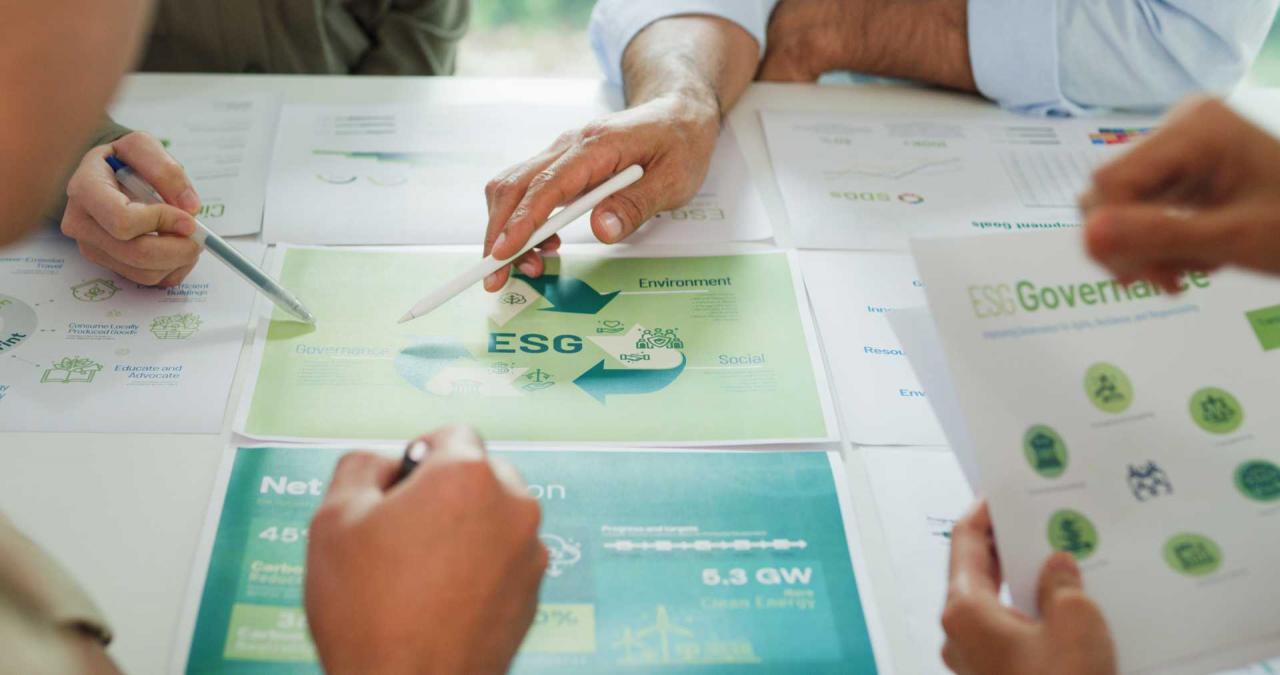
At a Glance
SDG reporting helps organisations show their progress in sustainability initiatives, yet many reports go unread due to data overload, jargon, vague outcomes, and poor accessibility. Instead, clear storytelling, plain language, measurable impacts, and engaging formats can transform SDG reports from compliance exercises into tools that build trust and engage stakeholders.
Reporting Sustainable Development Goals (SDGs)
The United Nations (UN) established 17 Sustainable Development Goals (SDGs) with a bold vision to end poverty, protect the planet, and ensure peace and prosperity for all by 2030. Achieving these goals needs efforts from governments, businesses, and organisations across the world.
SDGs provide organisations with a framework to align their social, environmental, and governance efforts in a comprehensive impact report called an SDG report.
While thousands of organisations publish their annual SDG reports, the truth is that most of these reports go unread or are paid little attention to. One of the key reasons is that long, text-heavy SDG reports are treated more like a box-ticking exercise than an opportunity to communicate and showcase real-world impact.
Your company might be reporting on the SDGs, but is anyone actually paying attention to what they say?
Use our helpful guide to explore what SDG reporting is, 4 reasons why your reports are going unread and how to fix them.
What is SDG Reporting?
SDG reporting is the process of collecting and analysing data and presenting the information on the progress towards achieving SDGs. An annual SDG report allows businesses, governments, and organisations to check the impact of their actions on social, environmental, and economic fronts.
When SDGs are tracked and reported regularly, your organisation’s stakeholders can make informed decisions and assess their initiatives against their current goals and identify the areas of improvement.
SDG reporting goes beyond collecting data; it’s more about interpreting the data, understanding the challenges, and taking action to overcome these challenges.
Why is SDG Reporting Important?
With more consumers and stakeholders seeking transparency in businesses, Sustainable Development Goals reporting is becoming more important than ever.
When done right, SDG reporting helps businesses:
-
Track progress towards sustainability goals
-
Showcase a commitment towards sustainability
-
Highlight your organisation’s accountability and transparency
-
Strengthen trust with customers, employees, investors, and regulators
-
Inspire others in the sector to take action
-
Stay in line with the applicable SDG reporting guidelines and framework defined by UN Global Compact, Global Reporting Initiative (GRI), and the Sustainability Accounting Standards Board (SASB)
4 Reasons Why SDG Reports are Going Unread (And The Ways to Fix Them)
Beyond compliance, reporting SDGs is a strategic way to drive change and create long-term value for the company and society.
But when done poorly, SDG reports are nothing but long lists of statistics, jargon, unclear impact, and vague commitments. This combination may appeal to your compliance team, but it’s highly unlikely anyone else will read them.
Here are the potential 4 reasons why your reports are going unread, and how you can fix them.
1. Data-Heavy Reports, Limited or No Storytelling
Most organisations often fill their reports with charts, graphs, and statistics to show credibility and accountability of their efforts. While data is essential in Sustainable Development Goals reporting, using only numbers may not inspire engagement or action.
What’s Amiss:
More than impressive statistics, your employees and customers want to know the human story behind these numbers. Five thousand volunteer hours look impressive on paper, but they want to know the who, what, how, and the impact behind the contribution.
How to Fix This:
Back your numbers with impactful stories that not only generate interest but also inspire readers. Instead of relying on heavy graphs and charts, use project snapshots and case studies to highlight data with the right context.
Instead of citing 5000 volunteer hours, showcase the impact through a story: Our employees contributed 5,000 volunteer hours last year, supporting 10 schools and helping 700 children improve their digital literacy.
Want your SDG report to actually be read? Book a demo with us to find out how our platform boosts the reporting process.
2. Overuse of Technical Jargon
If your reports are filled with technical jargon, acronyms, and heavy technical language, they will read more like technical documents that auditors or sustainability experts can comprehend.
What’s Amiss:
Your stakeholders, from customers to the general public, don’t have the time or patience to decode technical jargon. They will prefer reports explained in plain language.
How to Fix This:
Create your Sustainable Development Goals report with your audience in mind. Use simple language, explain in brief, and focus on the outcomes generated. For example, instead of “Scope 2 market-based emissions reductions,” try “We reduced electricity-related emissions in our offices by 15% through renewable energy contracts.”
3. Unclear Impact
Most reports highlight what was spent and what activities were carried out, but they fail to show what practical and positive change they brought about because of those efforts.
What’s Amiss:
Impactful Sustainable Development Goals reporting is not about how much money you donated, but more about the difference it made. Reporting “£1 million invested in social projects” doesn’t show how lives were changed.
How to Fix This:
Focus on your outcomes while being clear about the long-term impact of your efforts. For example: “Our £1 million investment in healthcare training enabled 500 new nurses to qualify, improving access to care for 20,000 patients annually.
KindLink can help you focus on the impact delivered beyond numbers.
4. Poor Access
The best-written reports lose their impact if they're not easily accessible. If your business publishes a heavy 100-pager and buries it on your corporate website, chances are your stakeholders will miss it. This may be a clear reason why your reports are going unread.
What’s Amiss:
Today’s audiences expect information to be quickly accessible, easy to consume and interactive. Dense and long PDFs affect engagement and make it uninteresting for your stakeholders to interact with, especially if they’re looking for condensed information.
How to Fix This:
Create reports that are concise, more visually appealing, and interactive. Try using infographics and providing an executive summary that can be read in minutes.
How to Use KindLink for Better SDG Reporting
At KindLink, we’ve built tools that help organisations go beyond static reports and turn CSR and SDG progress into stories that engage.
With KindLink’s CSR and SDG reporting platform, you can:
-
Track and map impact against SDGs
-
Create interactive dashboards for employees, customers, and investors
-
Centralise CSR, ESG, and SDG initiatives in one platform for easier management
-
Share authentic impact stories with photos, videos, and updates directly through your profile
-
Generate clear, professional reports that combine impact data with storytelling, ready to be read and shared
By using KindLink, your SDG reporting becomes more than a compliance exercise. Turn it into a strategic tool that builds trust, engages stakeholders, and amplifies your impact.
Ready to turn your SDG report into something people are willing to read? Book a demo to learn how KindLink can transform your Sustainable Development Goals reporting.

